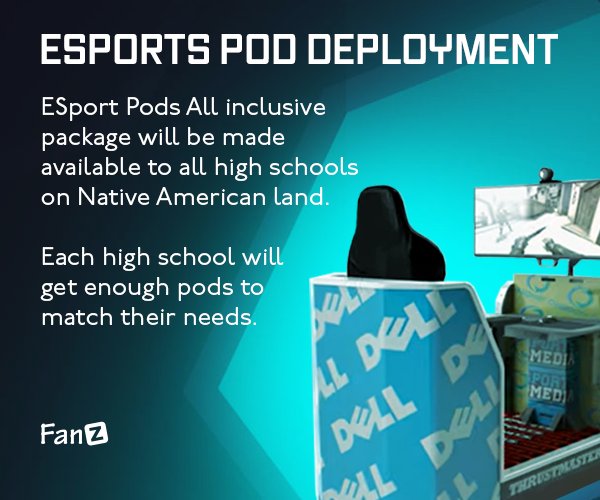A self-driving GM Bolt EV is seen during a media event where Cruise, GM’s autonomous car unit, showed off its self-driving cars in San Francisco, California, U.S. November 28, 2017. REUTERS/Elijah Nouvelage Acquire Licensing Rights
NEW YORK, Nov 21 (Reuters Breakingviews) – For a while, General Motors’ (GM.N) bet on robo-taxi startup Cruise held the promise of creating a serious challenge to electric-car leader Tesla (TSLA.O). If there were any question about whether that’s still true, the departure of Cruise’s co-founders, and the suspension of its self-driving service, point to an answer in the negative.
Automotive giant GM acquired Cruise in 2016, subsequently bringing on investors including SoftBank’s (9984.T) Vision Fund, Honda Motor (7267.T) and Microsoft (MSFT.O). Even as autonomous-driving efforts at Uber Technologies (UBER.N) or Ford Motor (F.N) fizzled, Cruise progressed from offering limited rides in San Francisco to all-day, no-human-in-the-car service. That stopped in October, after a Cruise vehicle ran over a pedestrian who had been struck by another car. California pulled Cruise’s license, claiming the company withheld evidence. A business pushing risky, nascent technology lives and dies on its relationship with regulators.
For that reason, the departure of co-founders Kyle Vogt and Daniel Kan – within a day of each other – has some logic. The question is whether GM’s autonomous division has enough momentum to recover from that loss. Recent drama at OpenAI shows how bad a leadership schism can get. After the artificial intelligence firm’s leader Sam Altman was fired, droves of employees threatened to quit. Similarly, when Tesla boss Elon Musk seemed distracted by efforts elsewhere, shareholders made their consternation clear.
GM boss Mary Barra hasn’t given up on Cruise yet, though the signs aren’t great. She has brought in an external law firm to review its processes and controls, among other things. Cruise has nine months of cash left, SoftBank has already sold out, and Honda says it will not put more money in. Layoffs have begun. The silver lining is that the $38 billion parent company trades at just under 12 times operating profit – a lower multiple than Ford. In other words, investors seemingly weren’t taking GM’s unlucky robo-taxi moonshot seriously anyway.
Follow @JMAGuilford on X
(The author is a Reuters Breakingviews columnist. The opinions expressed are their own.)
CONTEXT NEWS
Daniel Kan, co-founder and chief product officer of General Motors’ autonomous taxi business Cruise, resigned from the company on Nov. 20, Reuters reported. A day earlier his fellow co-founder and Cruise Chief Executive Officer Kyle Vogt also stepped down.
General Motors halted Cruise’s operations on Oct. 26 following an accident earlier in the month, when a pedestrian struck by a human-driven car collided with a Cruise vehicle.
The U.S. National Highway Traffic Safety Administration has opened a safety report into Cruise following reports of crashes as a result of quick braking by autonomous vehicles. California’s Department of Motor Vehicles suspended Cruise’s autonomous license in the state on Oct. 24, saying that the company had “misrepresented” the safety of its technology.
Editing by John Foley and Sharon Lam
Our Standards: The Thomson Reuters Trust Principles.
Opinions expressed are those of the author. They do not reflect the views of Reuters News, which, under the Trust Principles, is committed to integrity, independence, and freedom from bias.




